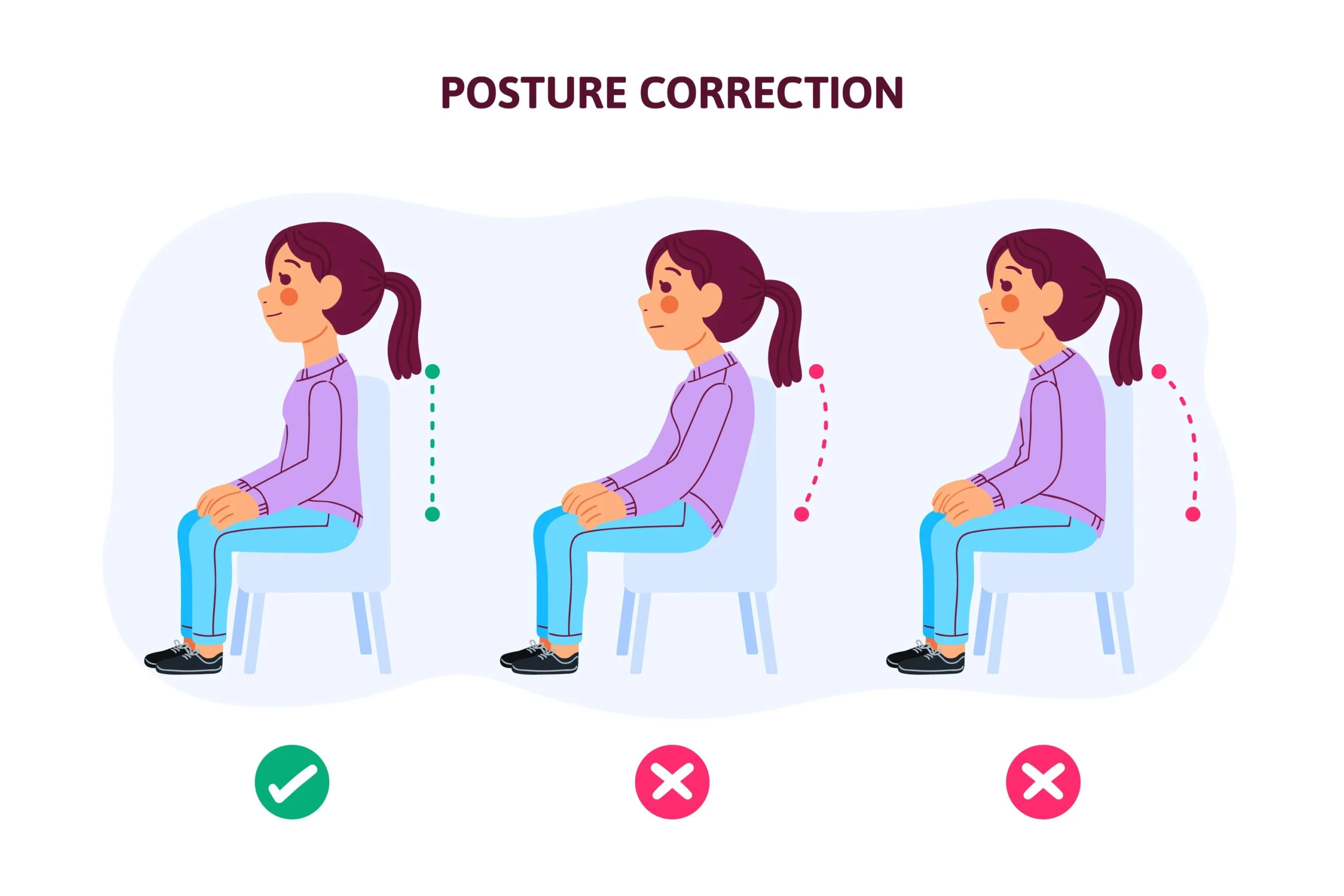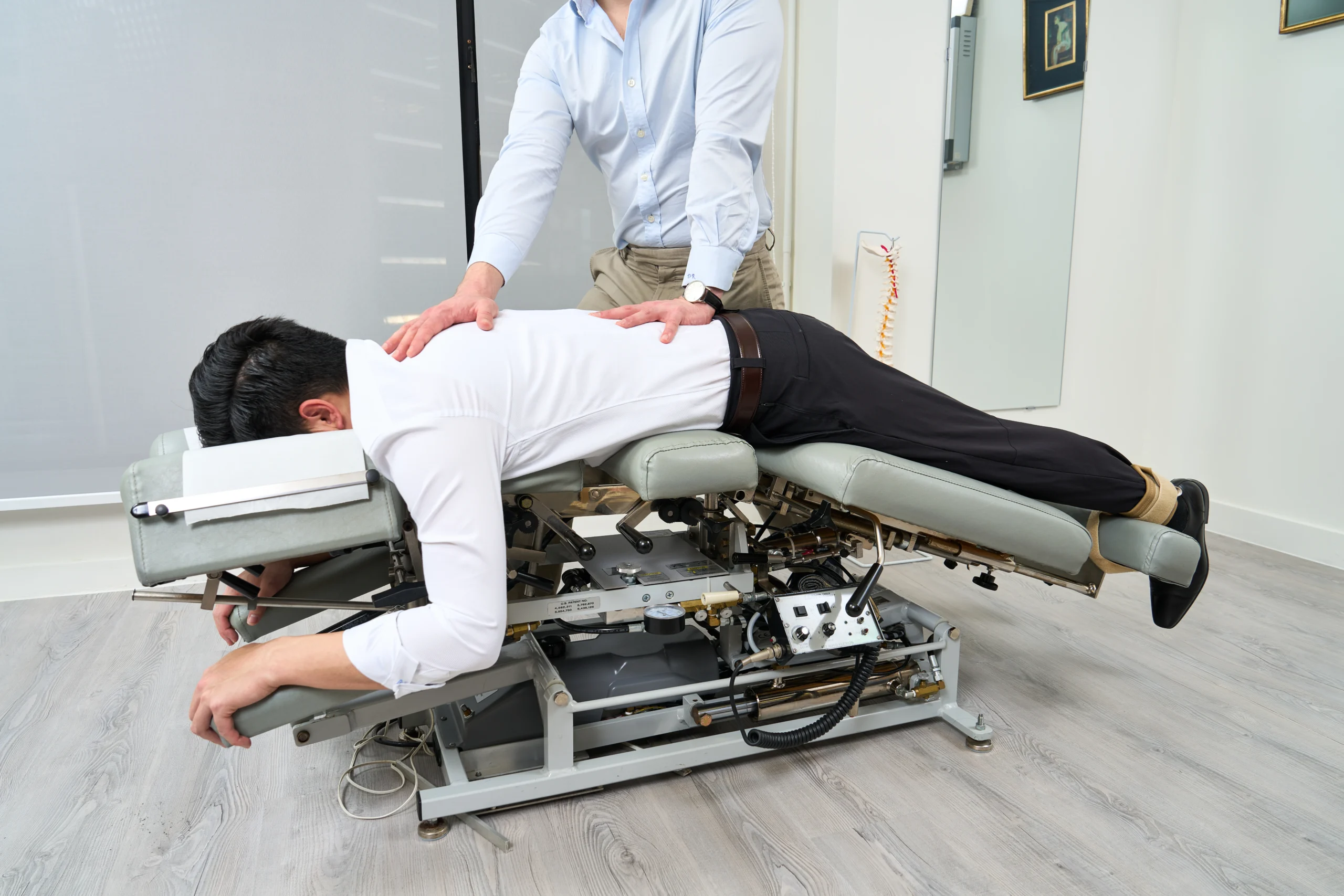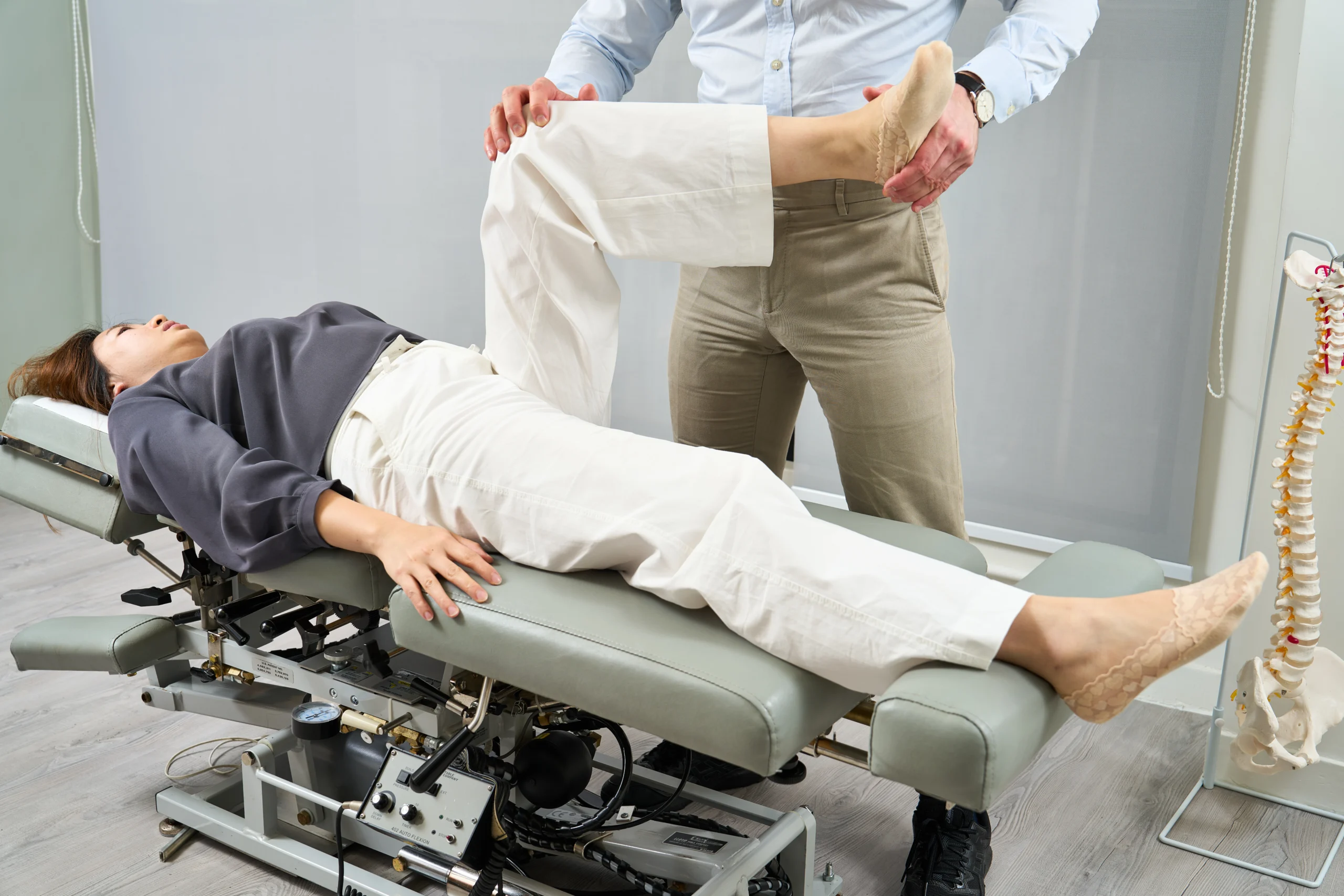Chiropractic care has gained significant popularity in recent years, offering a natural, non-invasive approach to addressing various musculoskeletal issues. Whether it’s a nagging pain, an injury, or an ongoing discomfort, many people seek the expertise of chiropractors to find relief. But what exactly does chiropractic treatment involve, and which conditions do chiropractors most commonly treat? This blog will explore chiropractic care, the conditions it can help relieve, and the expected recovery times with chiropractic adjustments and treatment.
What is Chiropractic Treatment?
Chiropractic is a healthcare discipline that focuses on diagnosing and treating disorders related to the neuromusculoskeletal system, particularly the spine. A Chiropractor 香港 aims to reduce pain, improve mobility, and enhance overall function. Their treatments are non surgical and non pharmacological, which means they help the body’s natural healing. They also have an excellent safety record.
Chiropractic care is increasingly popular as an alternative treatment for many musculoskeletal complaints. Chiropractic physicians use various techniques, including spinal adjustments, soft tissue therapy, and exercise recommendations, to provide relief from pain and restore proper function. The goal is not only to address symptoms but to improve overall health and prevent future issues from arising.
What Do Chiropractors Treat the Most?
Chiropractors are skilled in treating a wide range of musculoskeletal conditions. Here is a non-exhaustive list of issues that people seek chiropractic care for:
- Lower Back Pain: One of the most common reasons for people to visit a chiropractor is to seek relief from lower back pain. This can be caused by various factors, including poor posture, muscle strain, or conditions like lumbar disc injury with or without herniation (腰間盤突出), which occurs when the discs between the vertebrae in the lower back rupture and occasionally bulge. Chiropractors aim to restore proper alignment, reduce inflammation, and strengthen the muscles supporting the spine to relieve pain.
- Sciatica: Sciatica refers to the pain that radiates along the sciatic nerve, typically down one leg. It’s often caused by a herniated disc, spinal stenosis, both being exacerbated by a misalignment of the spine. Chiropractors use spinal manipulations and stretches to relieve pressure off the nerve, alleviate pain, and improve mobility.
- Neck pain: Chiropractors are also highly effective in treating neck pain, helping to reduce stiffness and discomfort.
- Hand Numbness: Numbness in the hands or arms can result from a variety of issues, including nerve compression, often exacerbated by postural misalignment of the neck and upper back. Chiropractors use spinal adjustments to alleviate pressure off the nerves, providing relief from numbness, tingling, and weakness.
- Plantar Fasciitis: This condition involves inflammation and or degeneration of the tissue that connects the heel to the toes, causing pain in the bottom of the foot. Chiropractic care may involve adjustments to the feet and lower back, along with stretching exercises and other treatments aimed at reducing pain and promoting healing.
- Scoliosis: Scoliosis patients benefit from chiropractic adjustments that help improve posture and scoliosis-specific exercises and spinal orthoses to prevent further progression or in some cases reduce spinal curvature.
- Shoulder Pain: Shoulder pain is treated through manipulations and soft tissue therapy, which relieve tension and restore mobility.
- Knee Pain: Knee pain is often alleviated through chiropractic adjustments and strengthening exercises that improve joint function and reduce stress on the knee.
- Anterior Pelvic Tilt: Anterior pelvic tilt (盆骨前傾) occurs when the pelvis tilts forward, leading to an exaggerated curve in the lower back. This condition can cause discomfort and lead to poor posture, back pain, and affect the alignment of other body parts. Chiropractors use spinal adjustments and corrective exercises to restore balance to the pelvis and relieve associated symptoms.
How Long Does It Take to Heal After a Chiropractic Adjustment?
The healing time after a chiropractic adjustment varies depending on several factors, including the condition being treated, the severity of the issue, and the individual’s overall health. For some people, relief can be felt immediately after a single adjustment, while for others, it may take several sessions over the course of a few weeks to experience significant improvement.
Conclusion
Chiropractic care is a valuable treatment for managing and treating a variety of musculoskeletal conditions. Whether you’re dealing with lower back pain, sciatica, or a lumbar disc herniation, chiropractors at Agape Chiropractic Hong Kong have the expertise to provide relief.
















